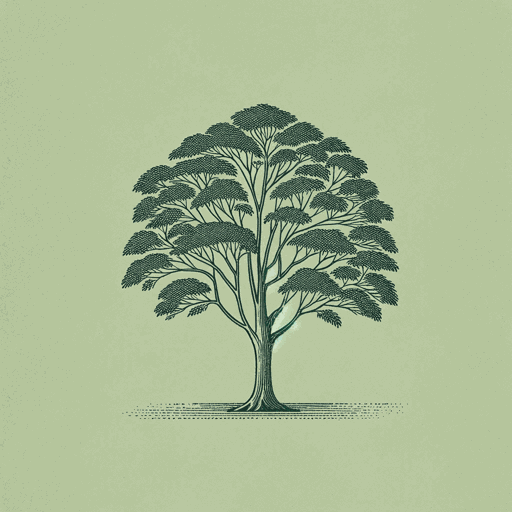79 pages • 2 hours read
John Charles ChasteenBorn in Blood and Fire: A Concise History of Latin America
Nonfiction | Book | Adult | Published in 2001A modern alternative to SparkNotes and CliffsNotes, SuperSummary offers high-quality Study Guides with detailed chapter summaries and analysis of major themes, characters, and more.
Chapter 7Chapter Summaries & Analyses
Chapter 7 Summary: “Neocolonialism”
“Foreign influence was so pervasive and powerful that Latin American historians call the years 1880-1930 their neocolonial period” (194). The age of Progress led directly to the export boom. In Mexico, for example, trade increased by 900 percent between 1877-1910. Mining boomed in Chile, coffee in Guatemala, bananas in Honduras, cacao in Ecuador, and tin in Bolivia. The wealthy became wealthier but so did the middle class. However, the poor, mostly of Indigenous heritage, suffered. Railroads brought prosperity, but they also destroyed Indigenous lands and culture. In Argentina, beef was first exported to Europe in 1876 via a refrigerator ship. The economic boom meant hard labor for the poor, who were, in one way or another, forced to work for large plantations. Brazil experienced a rubber boom, for example, but it “ravaged indigenous people, their tribes decimated by alcohol and disease” (200). The problems in the countryside caused immigration to urban centers. The population of Buenos Aires, for example, had a population of approximately 100,000 in 1852. By 1930, the population was around two million.
Urban life meant that the need for education was even greater than before, and Latin America had witnessed progress in creating more educational opportunities for the non-wealthy.
Featured Collections
Books About Art
View Collection
Class
View Collection
Class
View Collection
Colonialism & Postcolonialism
View Collection
Colonialism Unit
View Collection
Equality
View Collection
European History
View Collection
Memorial Day Reads
View Collection
Military Reads
View Collection
Nation & Nationalism
View Collection
Politics & Government
View Collection

